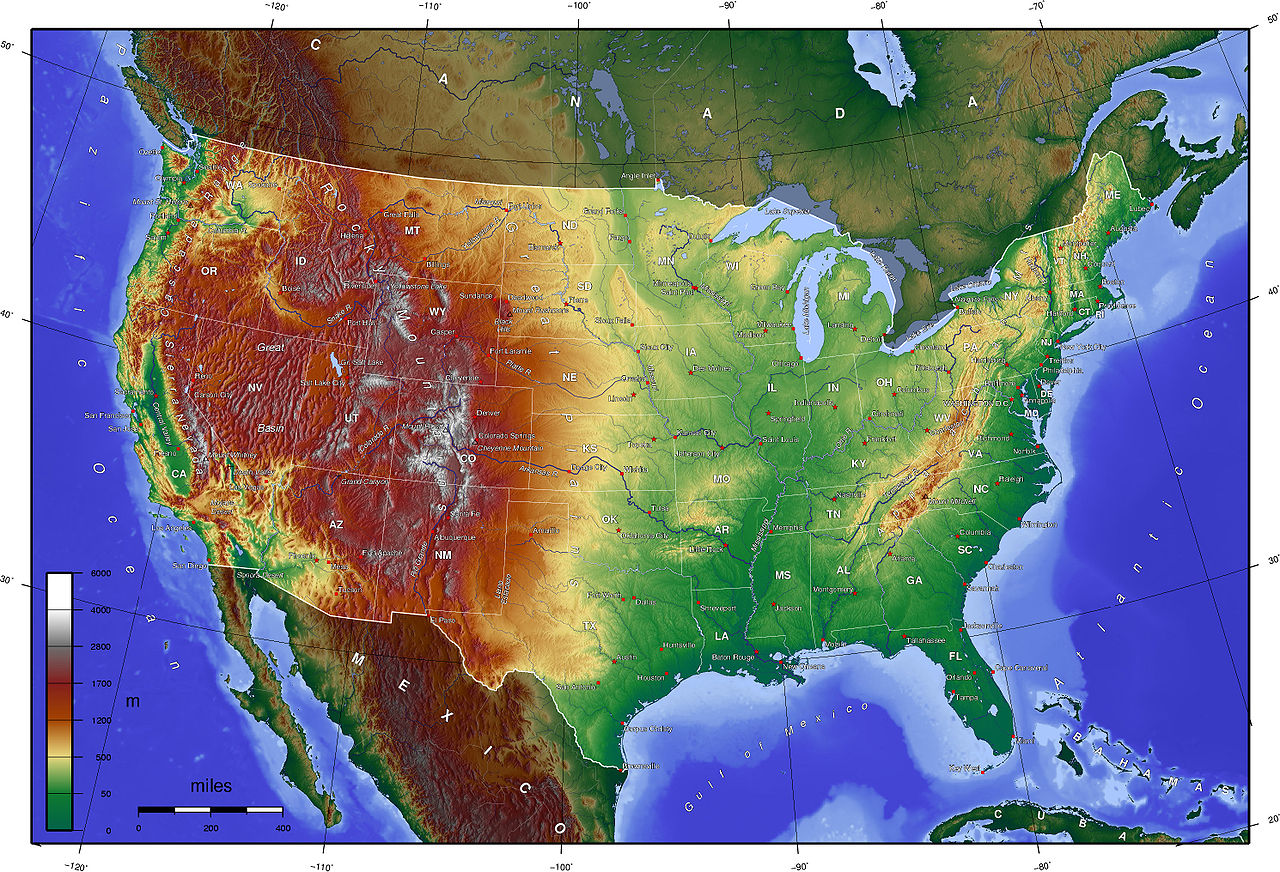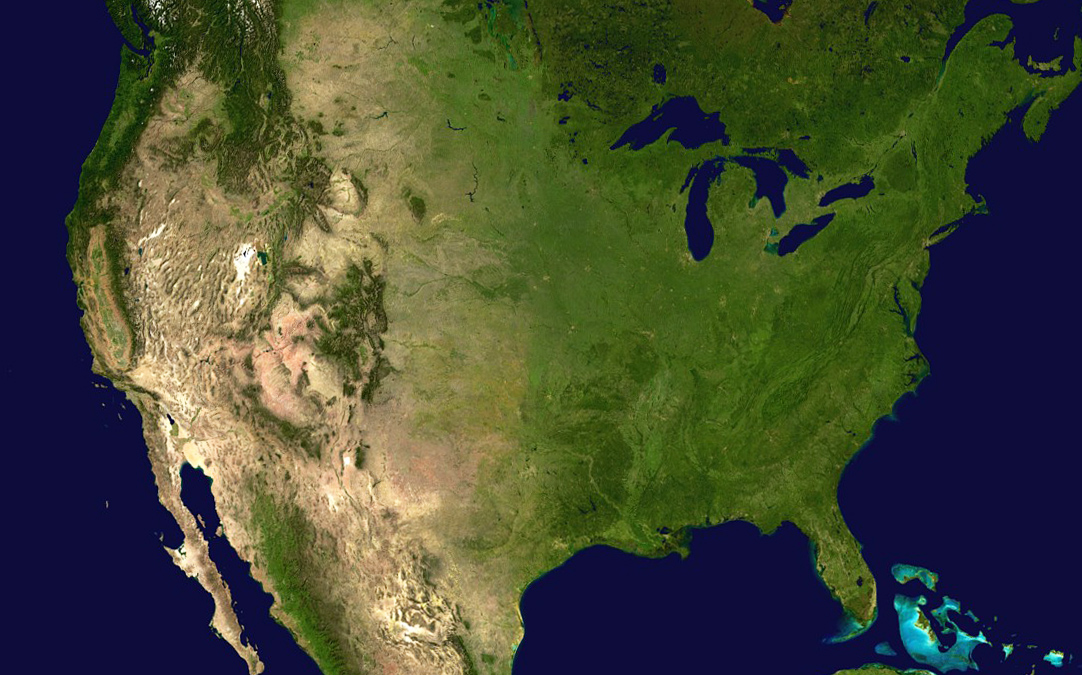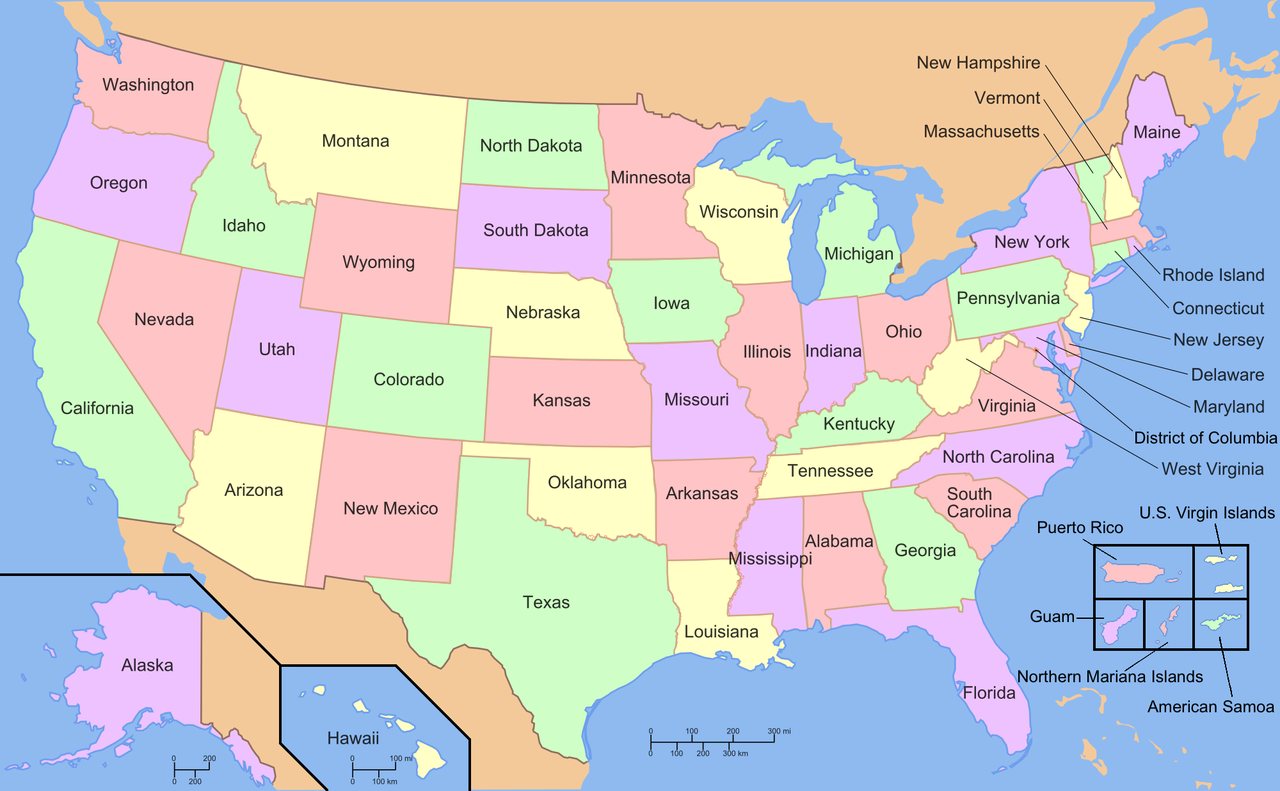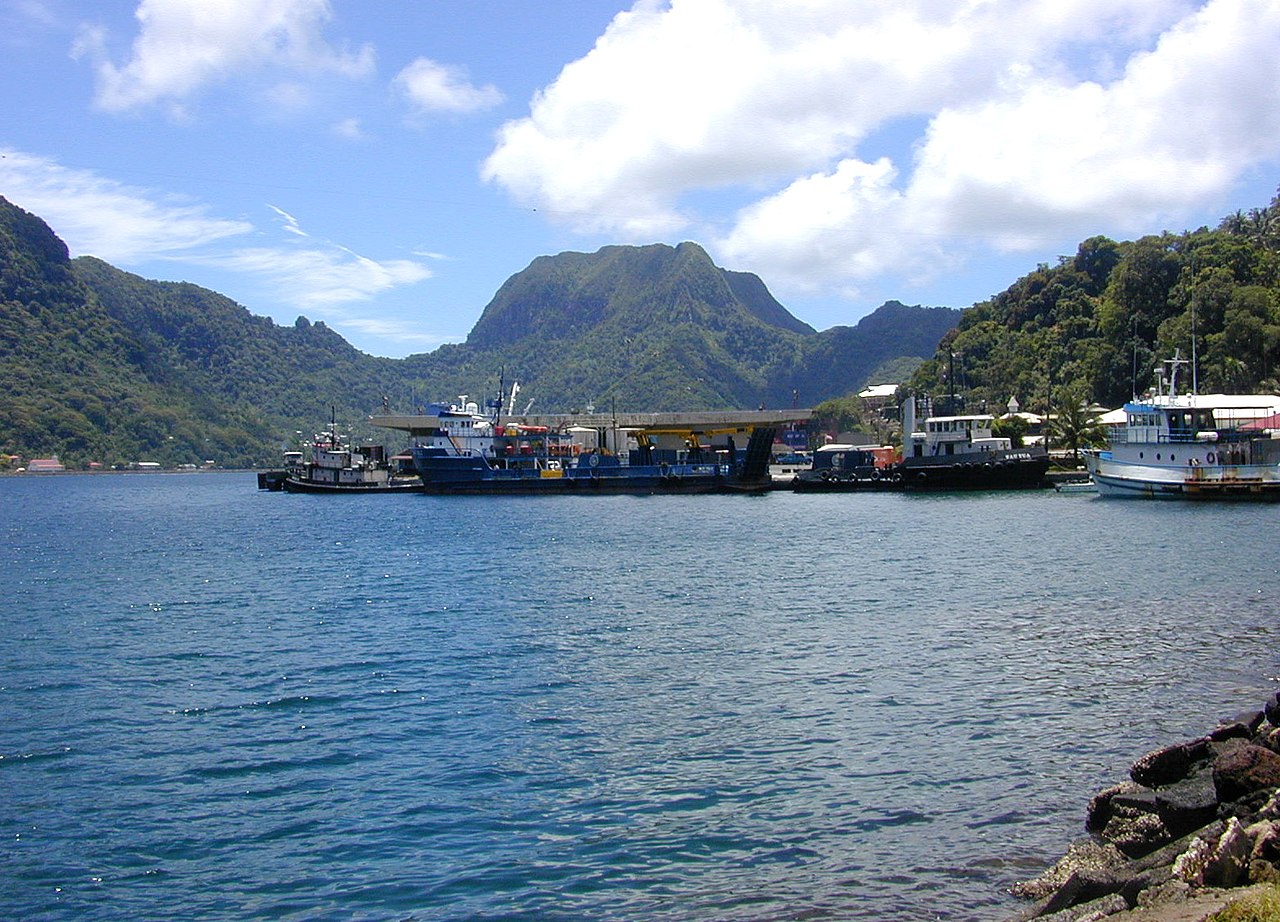US Geography Exploration ~ The geography of the United States is a tapestry woven with diverse landscapes, from rugged coastlines to sprawling plains, towering mountains to arid deserts. Spanning over 3.8 million square miles, the country boasts an array of natural wonders and human-made marvels, each contributing to its rich tapestry of geographical diversity.
On the eastern seaboard, the Atlantic Ocean kisses the shores of states like Maine, Massachusetts, and Florida, where sandy beaches stretch for miles and historic lighthouses stand as sentinels of maritime heritage. Further south, the Gulf Coast beckons with its warm waters and vibrant coastal communities, while the swamps of Louisiana teem with unique flora and fauna.
Venture inland, and the landscape transforms into rolling hills, verdant forests, and fertile valleys. The Appalachian Mountains carve a majestic spine along the eastern edge of the country, offering breathtaking vistas and outdoor recreation opportunities for adventurers and nature enthusiasts alike. In the heartland, the Great Plains stretch endlessly, where amber waves of grain sway in the breeze and vast prairies provide a canvas for endless skies.

To the west, the topography becomes more rugged and diverse. The Rocky Mountains rise like a natural barrier, their snow-capped peaks towering over the landscape and harboring pristine wilderness areas that are havens for wildlife and outdoor enthusiasts. In the southwest, the desert landscapes of Arizona and New Mexico captivate with their otherworldly beauty, from the towering red rock formations of Sedona to the vast expanse of the Grand Canyon.
As one journeys further west, the landscape transitions once again, giving way to the fertile valleys of California’s Central Valley, where agriculture thrives amidst a backdrop of snow-capped Sierra Nevada peaks. Along the Pacific Coast, dramatic cliffs and rugged shorelines meet the crashing waves of the Pacific Ocean, while iconic cities like Los Angeles and San Francisco pulsate with energy and creativity.
Beyond the mainland, the geography of the United States extends to its territories and outlying islands. In Alaska, the Last Frontier unfolds in all its grandeur, with towering glaciers, vast tundras, and untamed wilderness that beckon intrepid explorers to its remote corners. In Hawaii, volcanic landscapes and tropical paradises converge, offering a glimpse into a world of natural beauty and cultural richness unlike any other.

But the geography of the United States is not just defined by its natural landscapes. Human geography plays a crucial role in shaping the country’s identity and character. Bustling metropolises like New York City, Chicago, and Los Angeles serve as centers of culture, commerce, and innovation, drawing people from all corners of the globe with their diversity and dynamism.
US Geography Exploration
Throughout its history, the geography of the United States has been shaped by human endeavor, from the westward expansion of pioneers and settlers to the construction of vast transportation networks that crisscross the continent. Today, modern infrastructure connects cities and regions, facilitating trade, travel, and communication in an increasingly interconnected world.
In conclusion, the geography of the United States is a mosaic of natural wonders and human achievements, a testament to the country’s diversity and resilience. From coast to coast, from sea to shining sea, the land weaves a story of adventure, exploration, and discovery, inviting all who dare to explore its vast and varied terrain.

Let’s see this in a few good points-
Coastal Splendor:
Eastern Seaboard with sandy beaches, historic lighthouses, and maritime heritage.
Gulf Coast featuring warm waters, vibrant coastal communities, and unique ecosystems.
Pacific Coast adorned with dramatic cliffs, rugged shorelines, and iconic cities.
Interior Diversity:
Appalachian Mountains offering majestic vistas and outdoor recreation opportunities.
Great Plains characterized by rolling hills, fertile valleys, and vast prairies.
Central Valley of California known for its agricultural abundance and stunning mountain backdrop.
Western Wonders:
Rocky Mountains creating a natural barrier with snow-capped peaks and pristine wilderness.
Southwestern deserts of Arizona and New Mexico with red rock formations and the Grand Canyon.
Alaska’s Last Frontier boasting towering glaciers, tundras, and untamed wilderness.
Tropical Paradise:
Hawaiian Islands featuring volcanic landscapes, tropical paradises, and vibrant culture.
Metropolitan Marvels:
Iconic cities like New York City, Chicago, and Los Angeles serving as centers of culture, commerce, and innovation.
Human Endeavor:
Westward expansion shaping the country’s geography through pioneers and settlers.
Construction of modern infrastructure facilitating trade, travel, and communication across the continent.
Historical Significance:
Each region’s geography contributing to the nation’s history, identity, and character.
Cultural and Natural Diversity:
A rich tapestry of landscapes, climates, and ecosystems providing a home to diverse flora, fauna, and human populations.
Interconnectedness:
Modern transportation networks linking cities and regions, fostering connectivity and exchange.
Exploration and Discovery:
From sea to shining sea, the geography of the United States invites adventure, exploration, and discovery, offering a glimpse into its vast and varied terrain.
US Geography Exploration
